Δεν έχει προσθέσει κανένα αγαπημένο προιόν μέχρι στιγμής. Προσθέστε ένα τώρα!
Λεξικό όρων
- A
- B
- C
- D
- E
- F
- G
- H
- I
- J
- K
- L
- M
- N
- O
- P
- Q
- R
- S
- T
- U
- V
- W
- X
- Y
- Z
-
-
AC Efficiency
The ratio of the output power from the UPS to the input power from the AC utility in Line mode.
-
AC Ripple
Refers to an unwelcome AC component that can be superimposed on the DC output from a UPS rectifier/charger circuit. AC ripple should be prevented from reaching the battery because it causes internal heating and deterioration of the battery poles.
-
AC Utility
The electric power furnished by an electric power plant.
-
AH
The unit of battery capacity.
-
AMF
Automatic Mains Failure Detection is a useful function for standby power generators. A generator fitted with AMF can detect and respond to a mains failure by automatically starting up and becoming a 'mains replacement' for the UPS.
-
Ampere (Amp or A)
The unit of for electric current.
-
Automatic Battery Test
Is a scheduled test designed to identify any battery weakness before it can cause an online battery failure and system crash. It comprises short simulated and actual discharges of the battery and alarm generation if the battery voltage falls below a preset level during the test.
-
Automatic Voltage Regulator (AVR)
An AVR regulates voltage to the appropriate level.
-
Autonomy
Also known as back up or discharge time, battery autonomy is a measure of the time for which the battery will support the critical load during a mains failure. Autonomy is a function of battery charge state, capacity and load size.
-
Availability (A)
Is a useful measure of downtime per year for systems subject to failure and repair. It is defined as the probability of a system being operational at any given time during its working life; A = MTBF/(MTBF + MTTR) Where MTBF = Mean Time Between Failures and MTTR = Mean Time To Repair.
-
-
-
Backup Time
The time provided by battery in a UPS system when AC utility loss.
-
Battery Charging Current
The current to charging the battery that is regulated from the AC utility by the circuit inside the UPS.
-
Blackout
A total loss of electrical power.
-
BMS
UPS systems are often required to integrate with operators' BMS or Building Management Systems so that they can be supervised and managed as part of an overall building management strategy.
-
Buck and Boost
A function to adjust the output of UPS. When the voltage is under normal condition then the UPS will boost the voltage higher. When the voltage is over normal condition then the UPS will buck the voltage lower.
-
Bypass
A power path around a UPS system. An automatic bypass is used by the UPS to switch its load to the mains if it experiences an overload or internal failure. A manual, maintenance or service bypass allows an engineer to isolate, maintain or remove the UPS without interrupting power to the load.
-
Bypass
A power path around a UPS system. An automatic bypass is used by the UPS to switch its load to the mains if it experiences an overload or internal failure. A manual, maintenance or service bypass allows an engineer to isolate, maintain or remove the UPS without interrupting power to the load.
-
-
-
Capacity System
Is a parallel system where the total capacity of the UPS modules is enough to fully support the load, but with no redundant provision. The failure of any one module will therefore cause severe overloading on the rest. Alternatively, the load may be switched to raw mains.
-
Circuit Breaker
A protective device that interrupts the flow of current when it exceeds a specified value.
-
Cold start function
The UPS can be started from battery directly without AC utility. Some people also name it as DC start.
-
Communication
UPSs can often communicate with computer equipment in order to allow the UPS to trigger a controlled automatic shutdown of the computer. This is usually done when the mains has failed and the UPS battery power is close to being used up.
-
Crest factor
The ratio between the crest (peak or maximum) value and the root-mean-square (RMS) value of an alternating current. Some computer power supplies draw current with a crest factor of between two and three.
-
Current Limit
The function of a circuit or system that maintains a current within its prescribed limits. UPS systems have an electrical current limit that regulates the output current to a value within the UPS limits. Current limiting may occur when a load demanding high inrush current is turned on.
-
-
-
DC Efficiency
The ratio of the output power from the UPS to the input power from the batteries in Battery Mode.
-
DC Voltage
Normally, it is used for the battery voltage.
-
Double Conversion
On-line UPS system receives mains AC power, rectifies it into DC for conditioning and battery charging, then inverts it into clean AC to supply the critical load. In the event of mains overvoltage or failure the UPS continues to supply the load from its battery with no transfer delay. Provided the mains power disturbance duration is less than the battery autonomy, the event remains invisible to the load.
-
Double Conversion Efficiency
The double conversion efficiency figure for a UPS is obtained by comparing the output power to the load with the input mains power applied to the UPS, where both figures are in kW. This efficiency improves as the load approaches the maximum UPS capacity, so efficiency can be maximised by running the UPS as near to full load as possible.
-
-
-
Electromagnetic Interference (EMI)
Unwanted noise during the operation of a power supply or other electrical or electronic equipment.
-
-
-
Fast Charging
It is the fast charging battery system to speed up charging time. For this case, the designer must be expert and use high technology in controlling charging system so battery does not damage.
-
Float charging
A battery charging scheme suitable for UPS batteries, designed to maximise battery life.
-
Frequency
The number of completed cycles in one second. It is defined as Hertz (Hz). It exists 50 or 60 Hz power system in the world.
-
-
-
Galvanic isolation
Two circuits are ‘galvanically’ isolated if their only connection is a transformer coupling. A standard transformer based UPS design typically does not have galvanic isolation because the neutral line passes from the input via the static bypass switch to the output.
-
Generator
A standby generator is a back-up electrical system that operates automatically. Within seconds of a utility outage an automatic transfer switch senses the power loss, commands the generator to start and then transfers the electrical load to the generator. The standby generator begins supplying power to the circuits. After utility power returns, the automatic transfer switch transfers the electrical load back to the utility and signals the standby generator to shut off. It then returns to standby mode where it awaits the next outage. To ensure a proper response to an outage, a standby generator runs weekly self-tests. Most units run on diesel, natural gas or liquid propane gas.
-
-
-
Harmonic Distortion
Distortion of an electrical sine wave caused by the power supplies of certain electronic devices. A mathematical representation of a distortion of a pure sine waveform.
-
Hot-swappable Batteries
Allow the user to easily exchange UPS batteries without turning off the UPS.
-
-
-
Input Power Cord
The cord for the AC input of UPS. Normally, there are three wires of Line-Neutral-Ground in it.
-
Inrush current
The current drawn by any electrical device when power is initially applied. Computer equipment typically draws an inrush current of three to ten times the nominal operating value.
-
Inverter
Part of the UPS system that converts DC power back to AC.
-
Isolation
The degree to which a device like a UPS can electrically separate its input from its output.
-
Isolation Voltage
The maximum AC or DC voltage which maybe continuously applied from input to output and/or chassis of a power supply.
-
-
-
kVA (kilovolt-ampere)
1000 volt-amperes. VA is the unit of apparent power, S.
-
-
-
Leakage Current
A term relating to current flowing between the AC supply wires and earth ground. The term does not necessarily denote a fault condition. In power supplies, leakage current usually refers to the 60 Hertz current which flows through the EMI filter capacitors which are connected between the AC lines and ground (Y caps).
-
Line Interactive UPS
A hybrid design that attempts to offer a higher level of performance than a conventional off-line system by adding voltage regulation features to the bypass line.
-
Load
Any electrical device connected to a power source is a 'load'. For a UPS, the load is the amount of current/power required by the attached electronic equipment.
-
-
-
Manual Bypass Switch
A manually operated transfer switch used to bypass the major electronics in the UPS. When it is enabled then the service engineer can have the repair service without power interruption.
-
Modular
Modular UPS systems are configured by plugging up to five modules into a 19” rack to meet the capacity and redundancy requirement of the application load. This provides more flexibility and scalability than a complete cabinet containing a single standalone system.
-
Module
A UPS module is a unit that contains all the hardware and software necessary for full system operation. Modules can be paralleled into a redundant solution with no single points of failure.
-
MTBF
Mean Time Between Failures (MTBF) is a measure of the average time a device will function before failing. MTBF ratings are measured in hours and indicate the reliability of hardware devices such as UPS equipment.
-
MTTR (mean time to repair)
The average time between a device’s failure and its return to service.
-
-
-
N+n redundancy
Describes the configuration and redundant capacity of a parallel redundant system. N represents the number of modules needed to meet the critical load and n is the number of extra, redundant modules, referred to as the coefficient of redundancy.
-
No Load Shut Down
UPS will shutdown itself when the utility fails and there is no load connected to UPS. This feature is to prolong battery life.
-
Noise (Electrical)
Any undesirable electrical signal.
-
Nominal Voltage
A standard value assigned to a circuit for the purpose of conveniently designating its voltage class.
-
-
-
Off-line System
In an off-line system, the critical load is powered from the raw mains via the bypass line during normal operation. The load is transferred to the UPS inverter output if the mains fails or transgresses preset voltage limits.
-
Online (double conversion) UPS
A type of uninterruptible power supply that is constantly converting the incoming power from AC to DC and then inverting DC back to AC. This double conversion process prevents power disturbances from reaching protected loads. The UPS batteries will support the load if conditions exceed a set limit.
-
Overvoltage
An abnormally high voltage sustained for an extended period.
-
-
-
Phase
Load current is drawn from a voltage source.
-
Power Factor
Power factor is a ratio defining the relationship between useable power in Watts and total supplied power in VA (Volt Amperes). The power factor imposed by a load on a UPS system can be either lagging or leading. Traditional data centre loads have been lagging, but blade servers, which impose a leading power factor, are becoming increasingly popular because of their dense and flexible processing power. The closer the power factor is to unity, the greater is the power efficiency of the UPS operation.
-
Power Factor (PF)
The ratio of true power to apparent power in an AC circuit. In power conversion technology, power factor is used in conjunction with describing the AC input current to the power supply.
-
Power failure
Total loss of utility power: Causes electrical equipment to stop working.
-
Power Management Display
The Power Management Display, visible on the front panel of UPS equipment, allows operators local monitoring and control access to the UPS. It comprises a mimic diagram with LEDs showing the status of the UPS, control keys allowing an operator to manage the UPS, and an LCD display providing more detailed information about UPS events and status. The display also shows information during start-up, shutdown and diagnostic activitie.
-
Power range
Generally segmented by low range (below 5 kVA), mid-range (5–20 kVA) and high range (above 20 kVA).
-
Pulse-width modulation (PWM)
A circuit used in switching regulated power supplies where the switching frequency is held constant and the width of the power pulse is varied, controlling both line and load changes with minimal dissipation.
-
-
-
-
Rack-Mount UPS
UPS that can be mounted in a rack case.
-
Rectifier/Charger
The part of the UPS system that converts AC input power into DC power for feeding the conditioning and inverter components, and charging the back-up battery.
-
Redundancy
In engineering it means duplication of critical components of a system with the intention of increasing reliability. If one component fails the remaining ones can continue the operation.
-
Redundant Critical Circuits
Some UPS systems are designed with redundant critical circuits. If a redundant critical circuit fails, its partner UPS module/s can continue to support the full load without interruption. This redundancy within a unit is in addition to any system level redundancy achieved by an N+n parallel configuration of units.
-
Regulation
Describes the amount by which the voltage of an AC power source changes. A UPS has poor regulation when its average voltage varies or drifts, or if the voltage varies when a load is applied.
-
Remote Signalling Panel
It provides a simple way of providing UPS status information to a location up to 100m from the system, using dry relay contacts.
-
RFI — Radio Frequency Interference
Electrical noise resulting from some parts of the equipment or wiring acting as a radio antenna. The noise may be large enough to disrupt communications or cause computing errors.
-
Rightsizing
Modular systems can be more accurately matched than traditional standalone UPS to their critical load requirement. This feature is known as ‘Rightsizing’ and is possible for two reasons. Firstly, the modules are available in relatively small capacities, so installing one module more than the load requirement will provide redundancy with minimum excess capacity. Secondly, UPS capacity can be incrementally increased to handle growing load requirements, obviating any need for initial oversizing.
-
Ripple free battery charging
Without adequate protection, a UPS battery can be subjected to AC ripple generated by the rectifier/charger or inverter. This will lead to internal battery temperature increase and deterioration of battery poles.
-
RS-232
A serial communications protocol. It may be used between a UPS and a computer to communicate alarm, status or control signals and instructions.
-
-
-
Serial Port
A special cable plugs into the UPS and the computer's serial (RS232) port.
-
Single-phase power
(typically 120 or 230 VAC depending on the country) is carried between two wires, live and neutral, and sometimes a third (ground) wire for safety. The frequency of AC voltage is 50 or 60 Hz depending on the country.
-
Six Nines availability
The availability of a UPS system is an important figure of merit. Availability (A) is defined as: A = MTBF/(MTBF + MTTR)It describes the total time for which a system is available for operation as a proportion of the total time for which it is needed. Modern systems can achieve ‘Six Nines’ availability, which means 0.999999 or 99.9999%.
-
SNMP
Is a worldwide standard communications protocol. It stands for Simple Network Management Protocol and is used in network management systems to monitor network-attached devices for conditions that warrant administrative attention. UPS systems can be given SNMP connectivity with either an internal plug in card or an external adapter. UPS Ltd's A software can then be used to monitor and manage the UPS from a remote computer either on the enterprise network or across the Internet. A single internal or external SNMP UPS interface can manage multiple modules in a parallel redundant system.
-
Spike
High voltage spikes are a sudden, rapid voltage peak of up to 6,000 volts with duration of 100mS to 1/2cycle. These spikes are usually the result of nearby lightning strikes, but there can be other causes as well. The effects on vulnerable electronic systems can include loss of data and burned circuit boards.
-
Stand-alone UPS systems
Those are free-standing systems that operate independently.
-
Standby UPS systems
switch from utility to battery power only when the utility power fails
-
Static Bypass
(see Bypass)
-
Surge Protector
Circuitry consisting of MOVs, capacitors, rod-core inductors etc. for suppressing surges and spikes usually embedded in a power strip.
-
-
-
THDi
THDi stands for the Total Harmonic Distortion of the input current waveform. It is generally accepted that the THDi should be kept low to avoid excessive current distortion at the point of common coupling within a building due to the cumulative effect of all connected equipment.
-
Three-phase power
An electrical system possessing three different live voltage lines (phases) with sine wave voltages that are shifted by 120 degrees between each other. The mid-point of the 3 -phases, when present in the system, is called the Neutral.
-
Transfer Time
The amount of time it takes a stand-by or off-line type UPS to sense a power interruption and switch from utility output to inverter output. Normally expressed in milliseconds.
-
Transformer
A device used to convert the voltage of AC and/or to galvanically isolate a circuit from its power source
-
Transformer-based
Traditional UPS technology based on inverter transformer that was used for stepping the inverter voltage up to output voltage.
-
Transformer-less
Innovative three-phase technology without transformers
-
-
-
Uninterruptible Power Supply (UPS)
A device which maintains a continuous supply of electric power to connected equipment by supplying power from a separate source when utility power is not available.
-
USB Port
A USB cable connects to the USB port on a computer and to the UPS.
-
User-Replaceable Batteries
User replaceable batteries allow the user to easily exchange UPS batteries. Normally, the battery lifetime is close to 2~3 years.
-
-
-
Volt (V)
The unit of measure for voltage.
-
Voltage spike
Transient (short term) over-voltage i.e. spike or peak: Causes wear or acute damage to electronic equipment.
-
VRLA Battery
VRLA or Valve Regulated Acid Batteries emit virtually no gas, require no topping up and need no special ventilation apart from that required by local building codes.
-
-
-
Watt (W)
The unit of measure for true power. Watts = VA x Power Factor
-


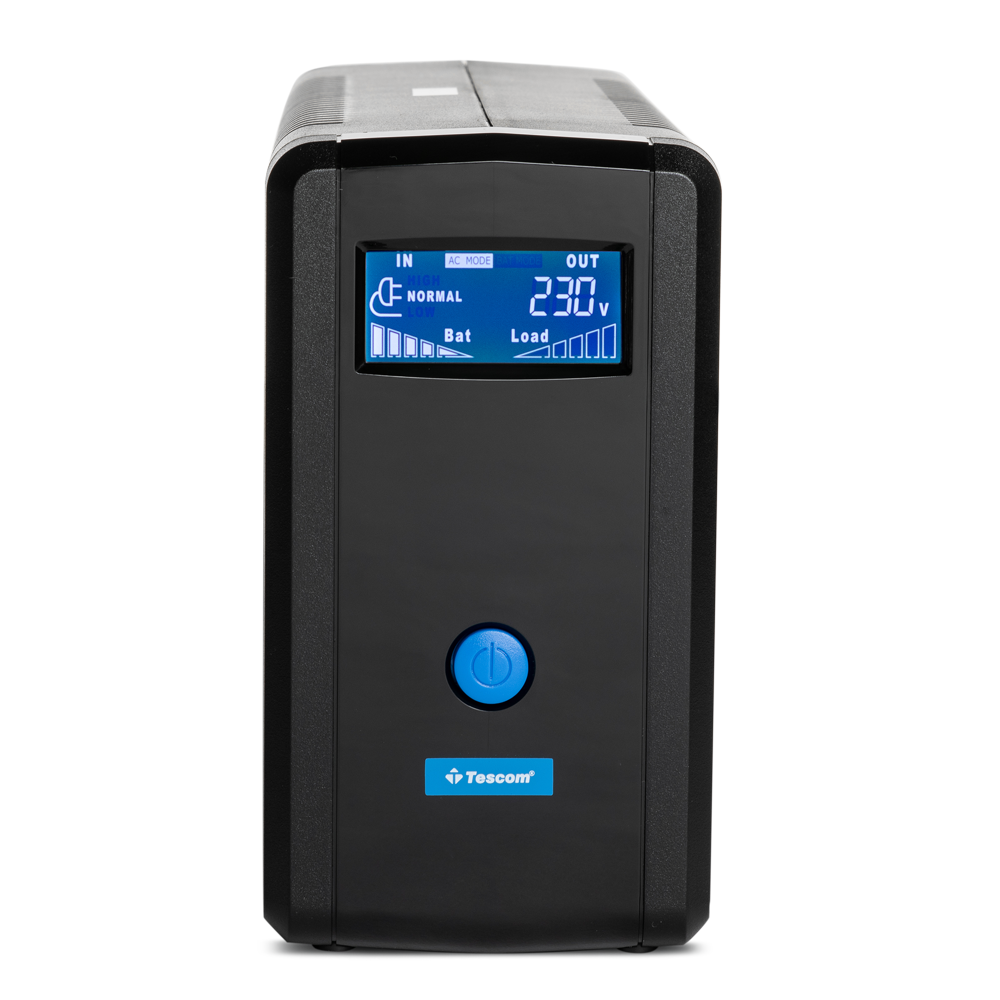 LEO LCD
LEO LCD
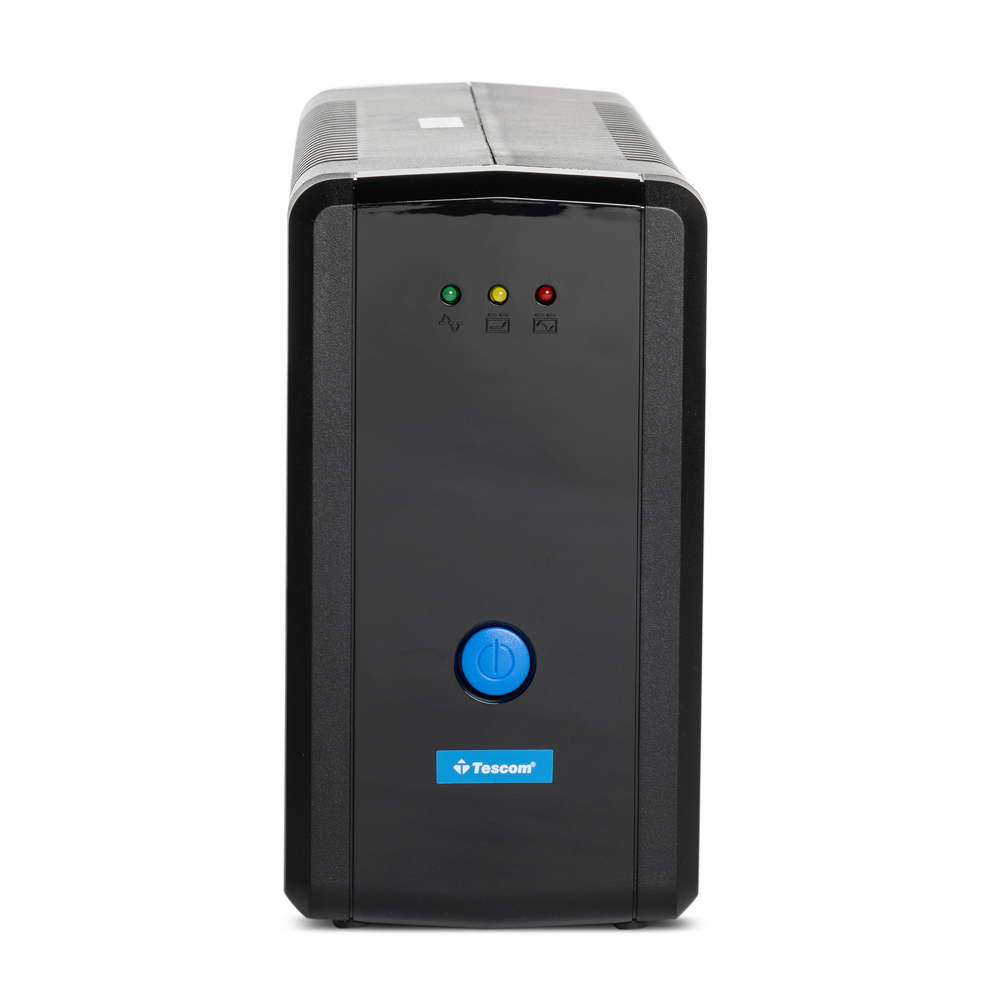 LEO LED
LEO LED
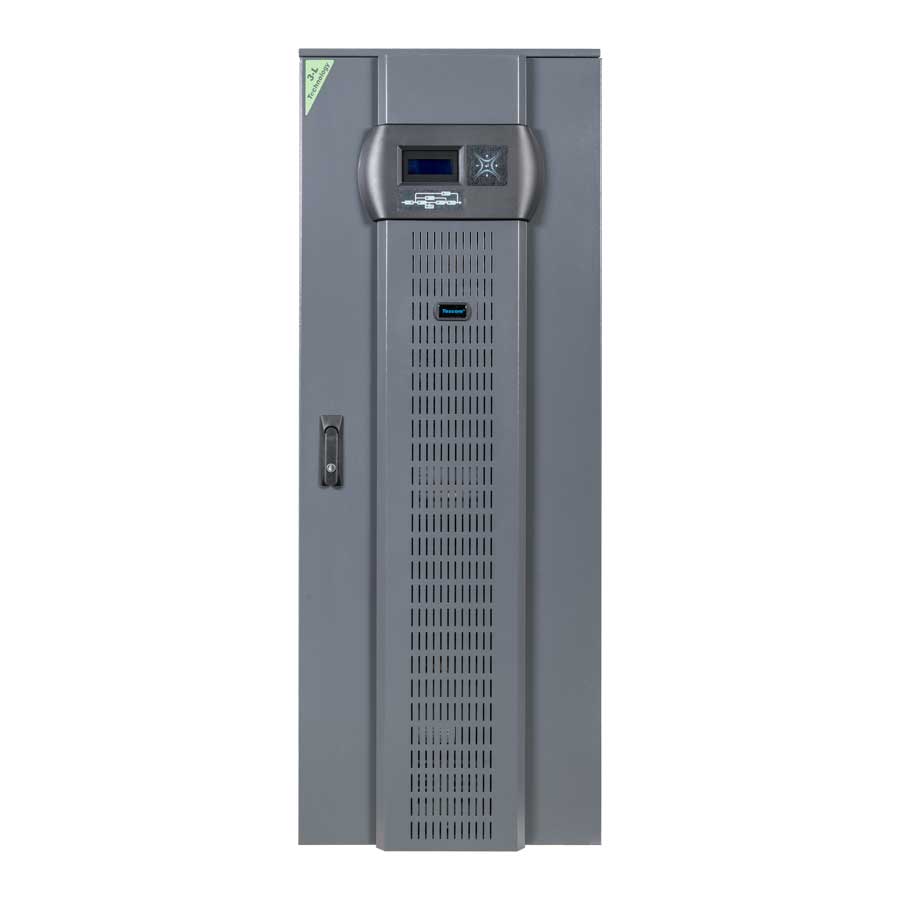 DS 300 H/HB
DS 300 H/HB
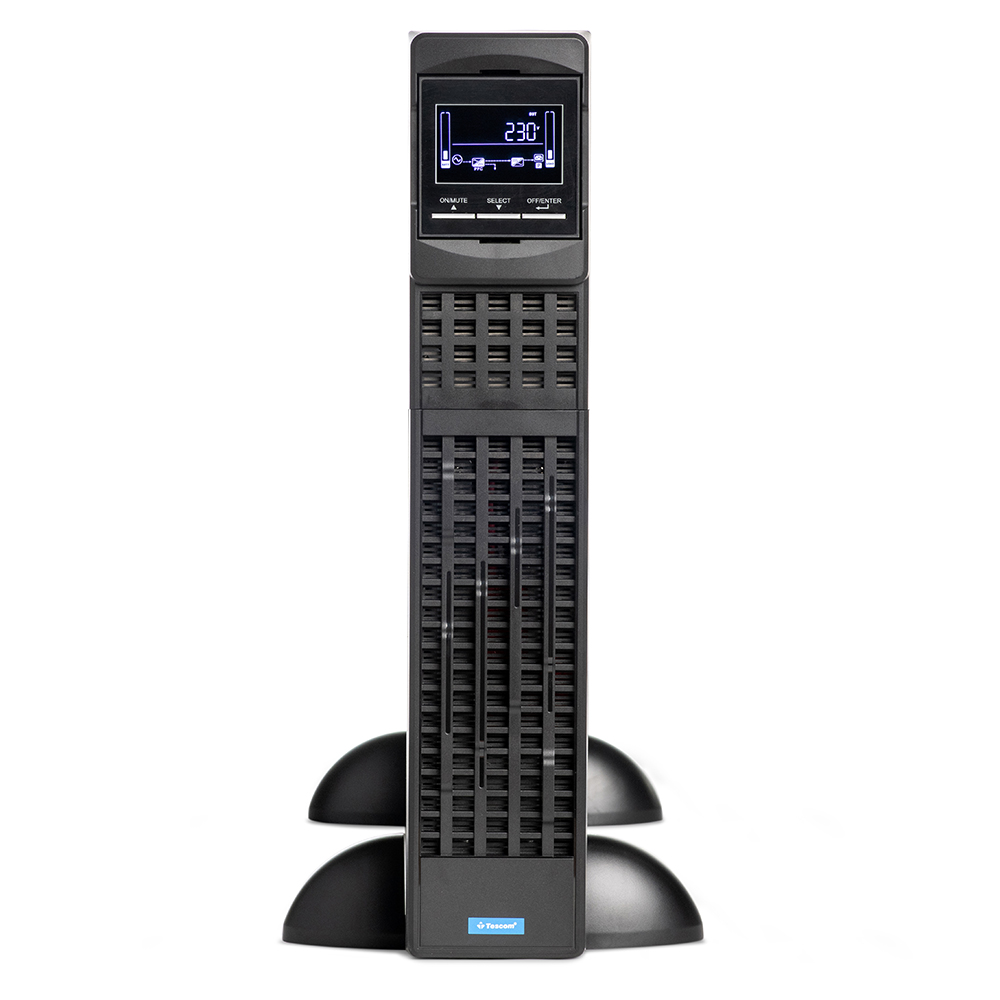 PRIME PLUS
PRIME PLUS
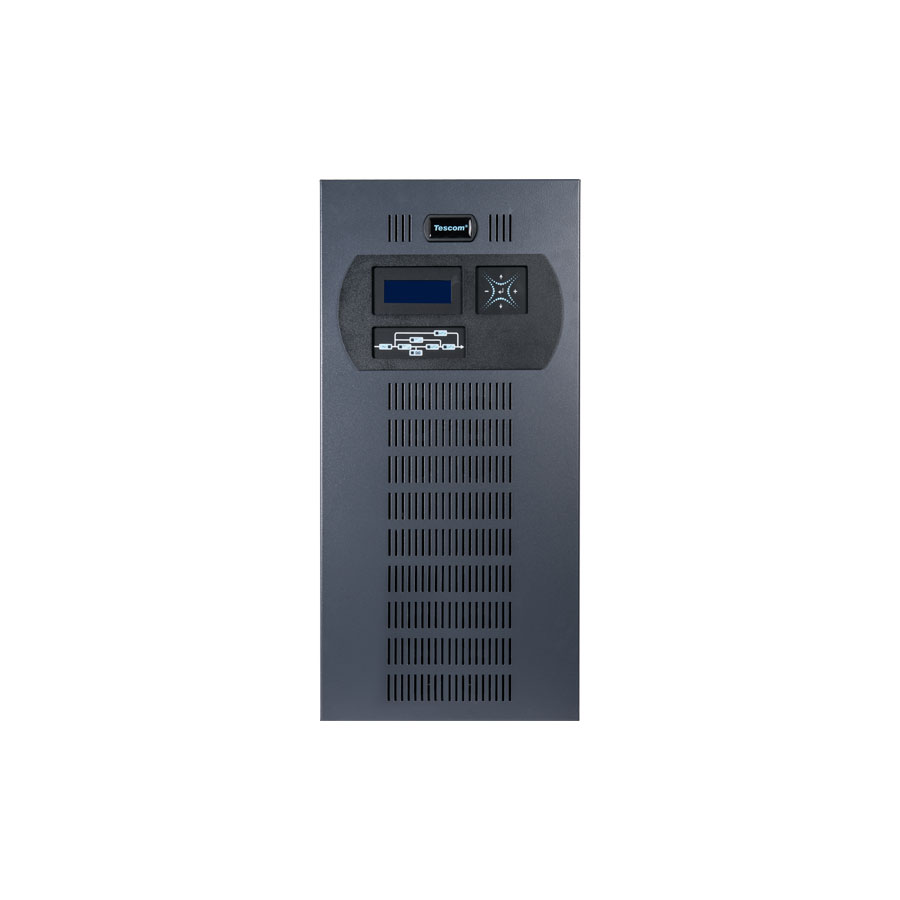 DS 300 SH/SHB
DS 300 SH/SHB
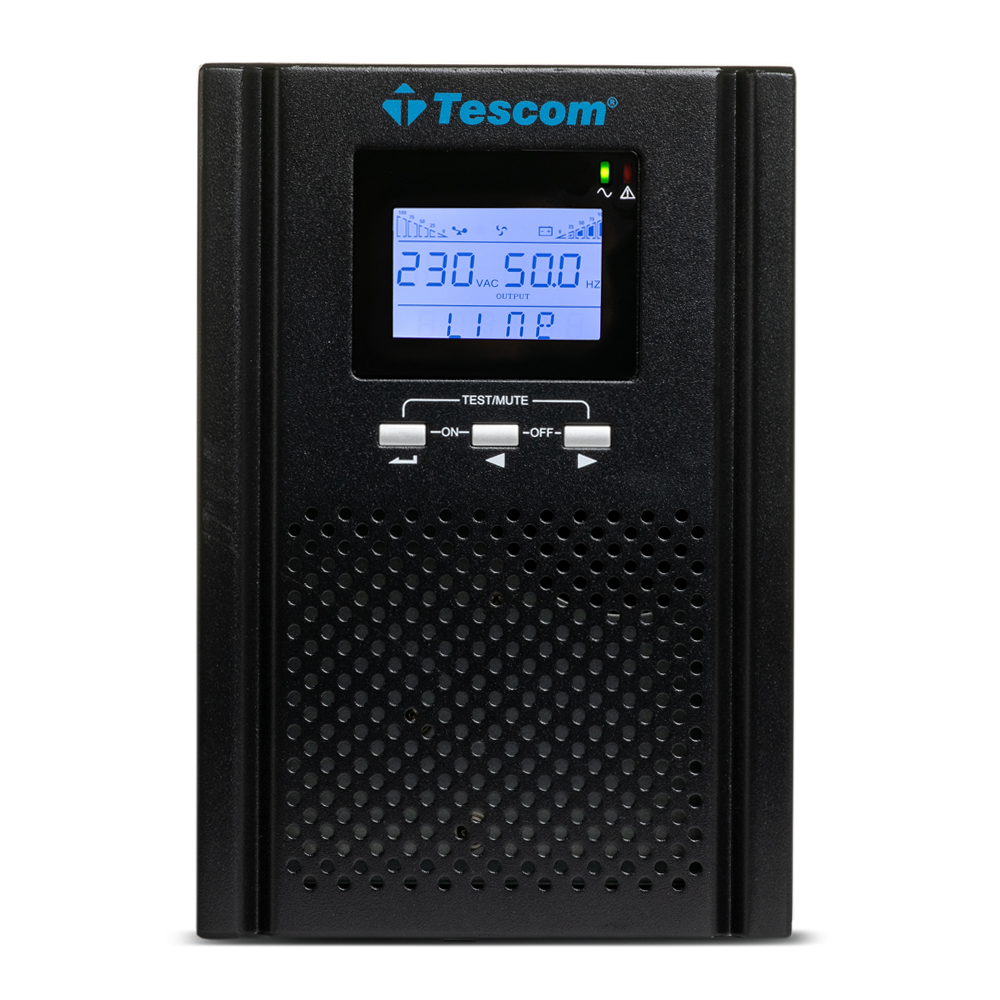 NEOLINE
NEOLINE
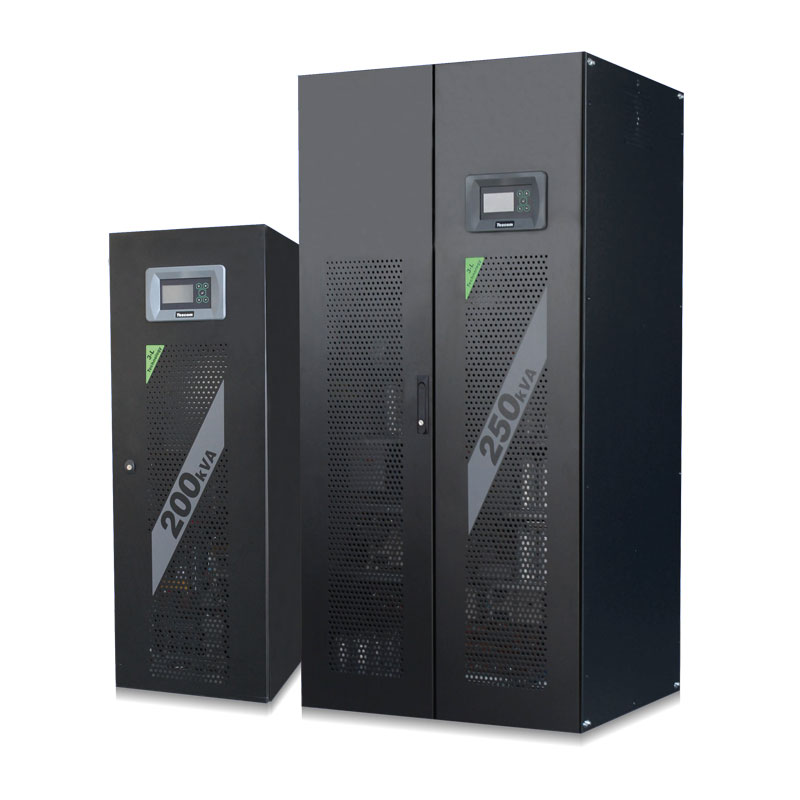 DX
DX
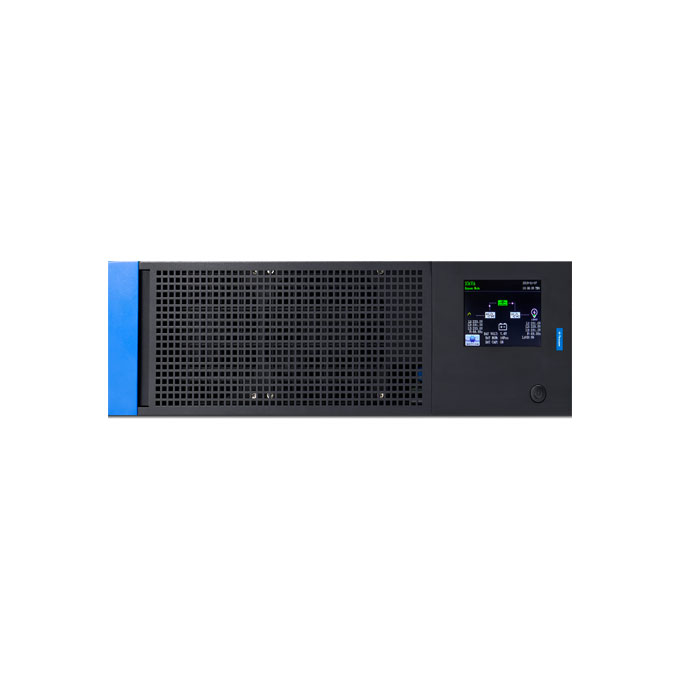 TEOS 400 RT/R
TEOS 400 RT/R
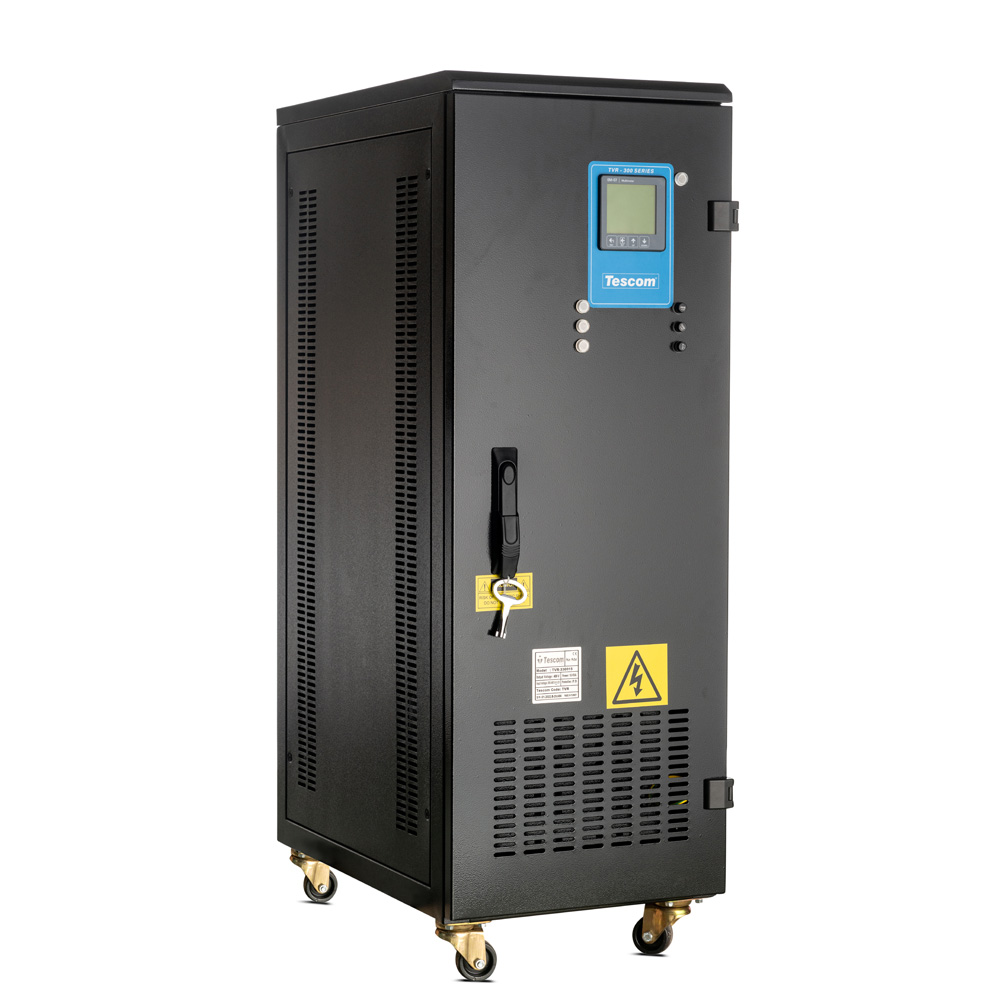 AVR 33
AVR 33
 AVR 11
AVR 11
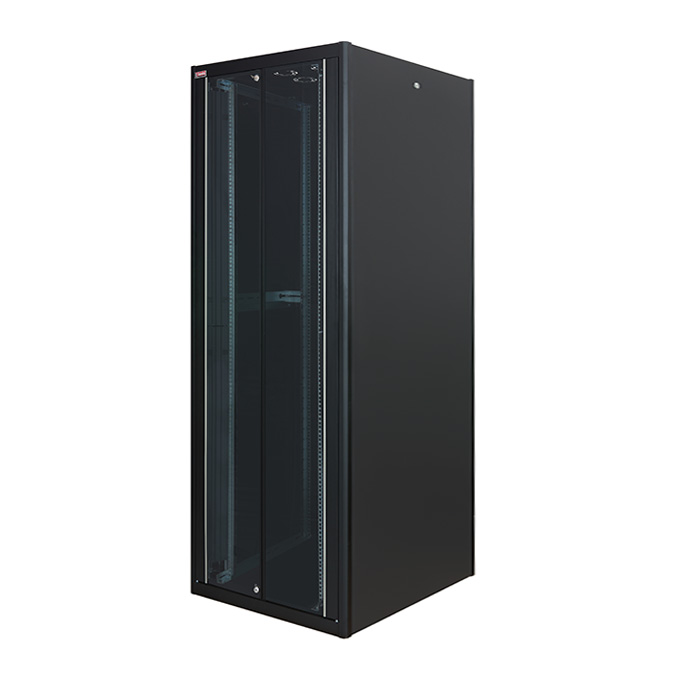 DYNAMIC BASIC
DYNAMIC BASIC
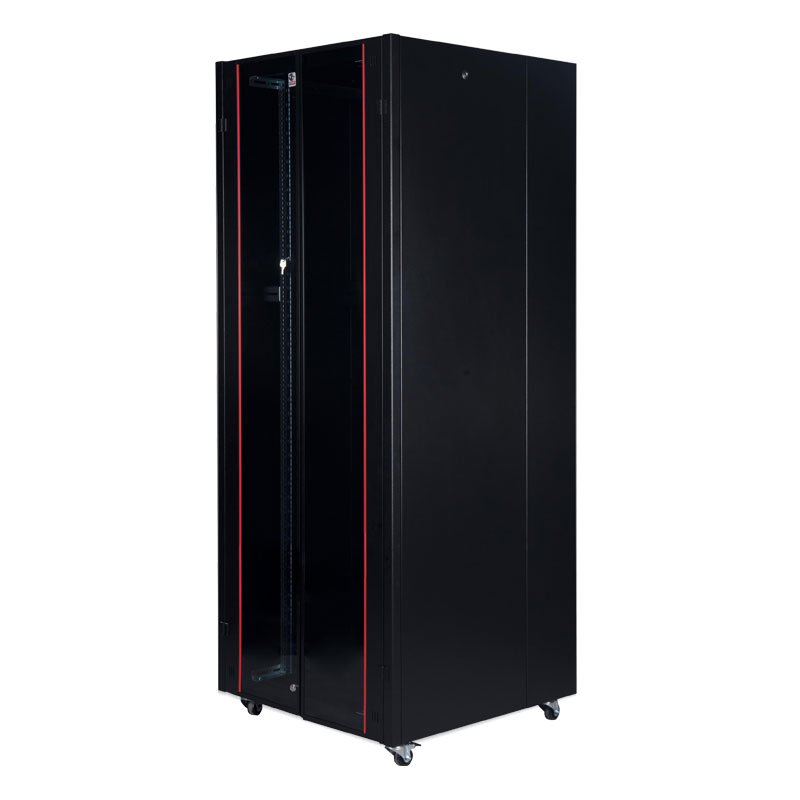 HYPERLINE
HYPERLINE
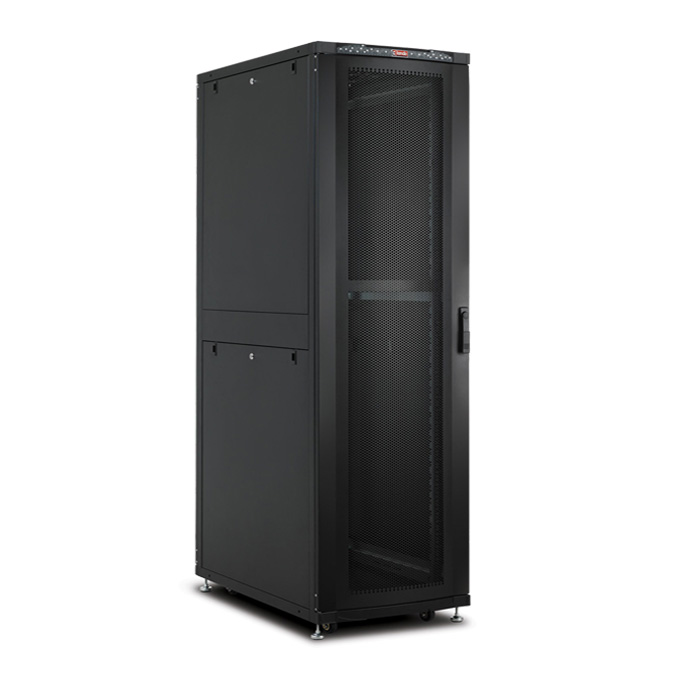 DYNAMAX
DYNAMAX
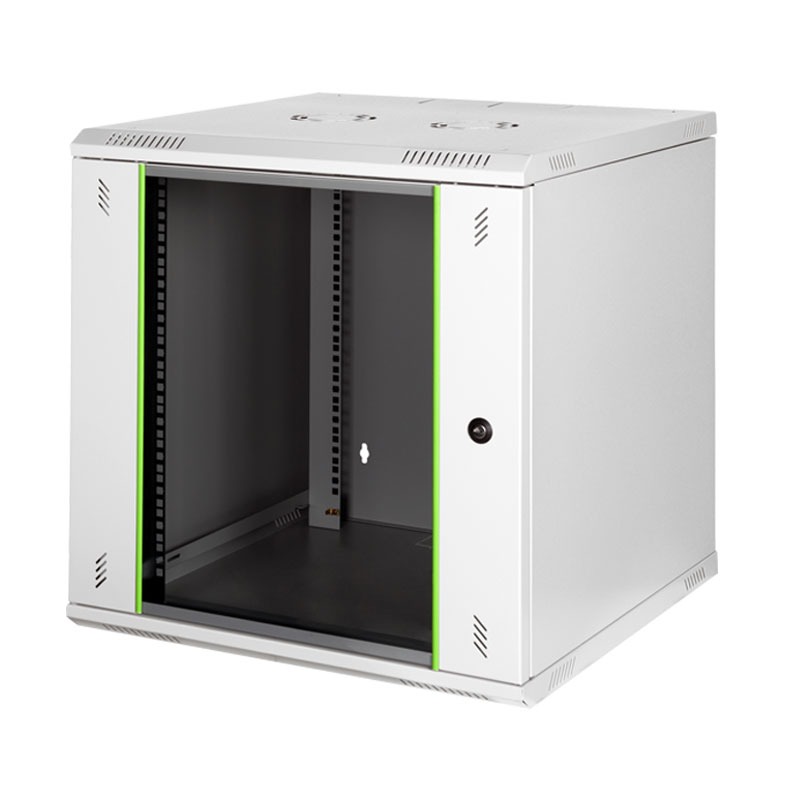 PROLINE B
PROLINE B
 SAFEBOX B IP55 / OUTDOOR
SAFEBOX B IP55 / OUTDOOR
 SAFEBOX B IP55 / INDOOR
SAFEBOX B IP55 / INDOOR
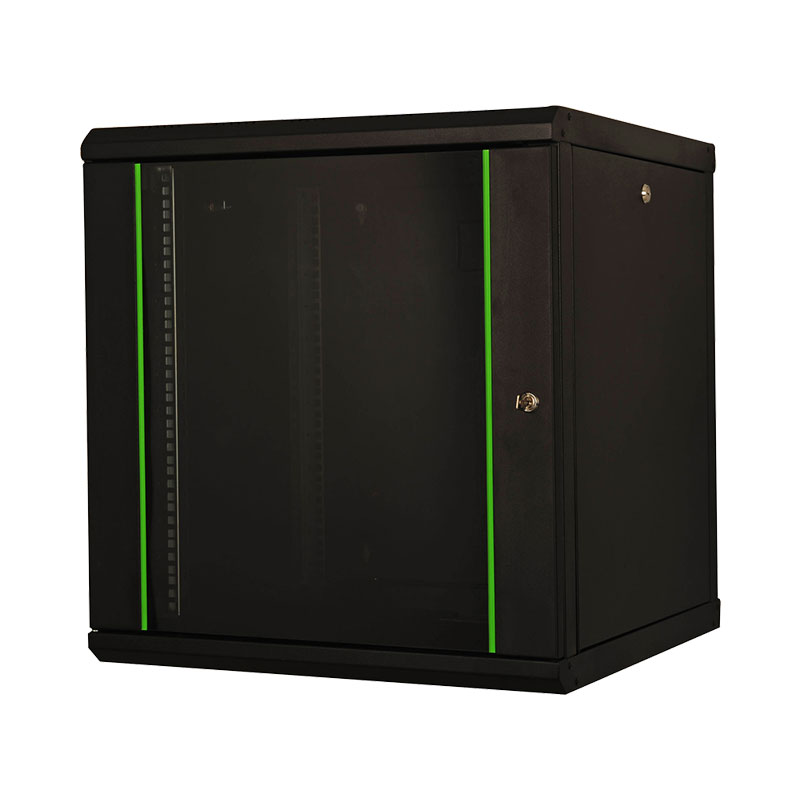 PROLINE
PROLINE
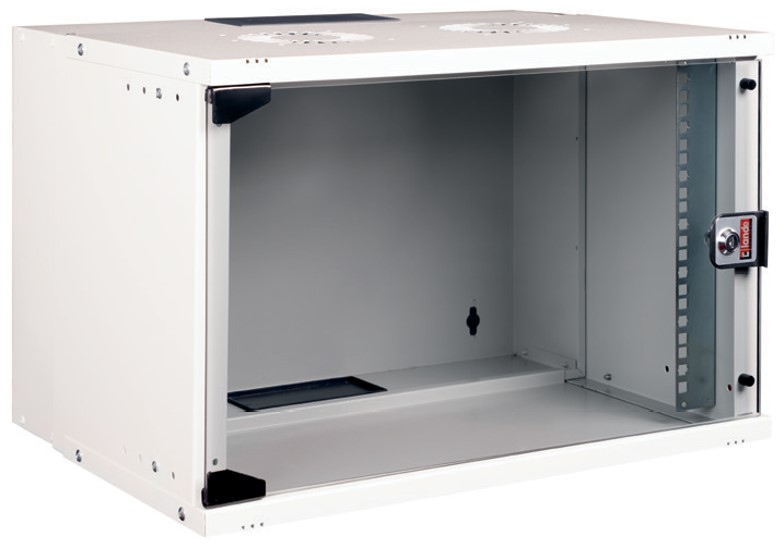 PANDORA SOHO
PANDORA SOHO
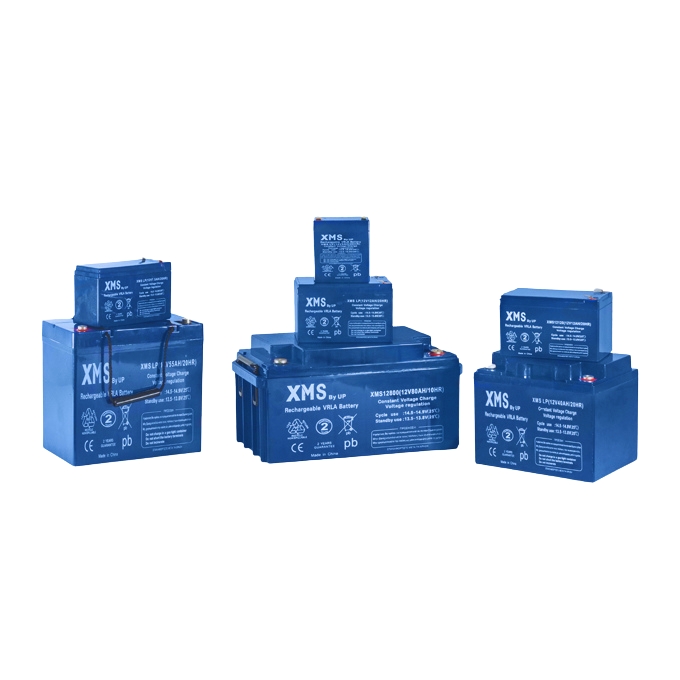 LP
LP
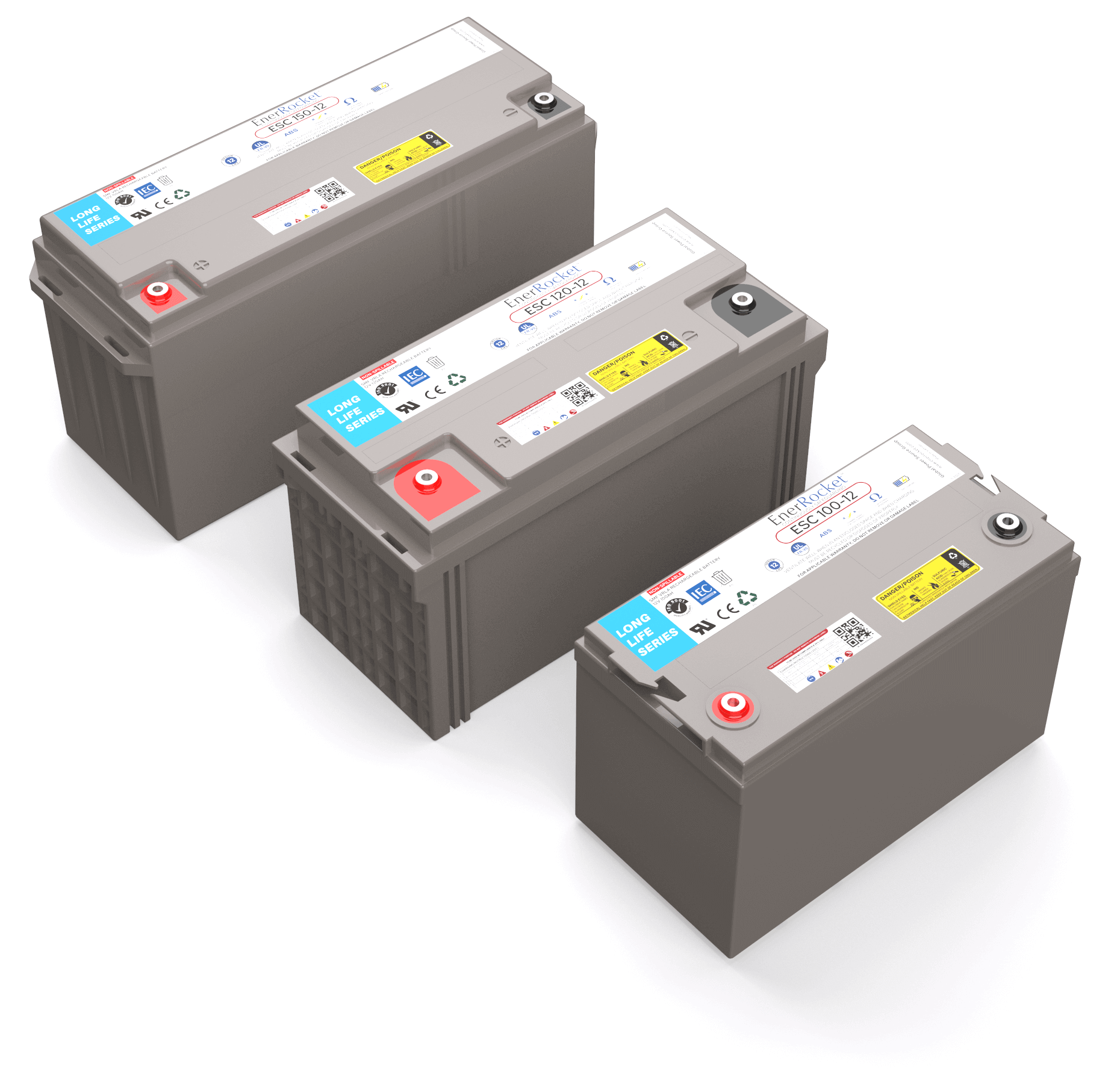 ES/ESC
ES/ESC
 Συμβόλαια Συντήρησης
Συμβόλαια Συντήρησης
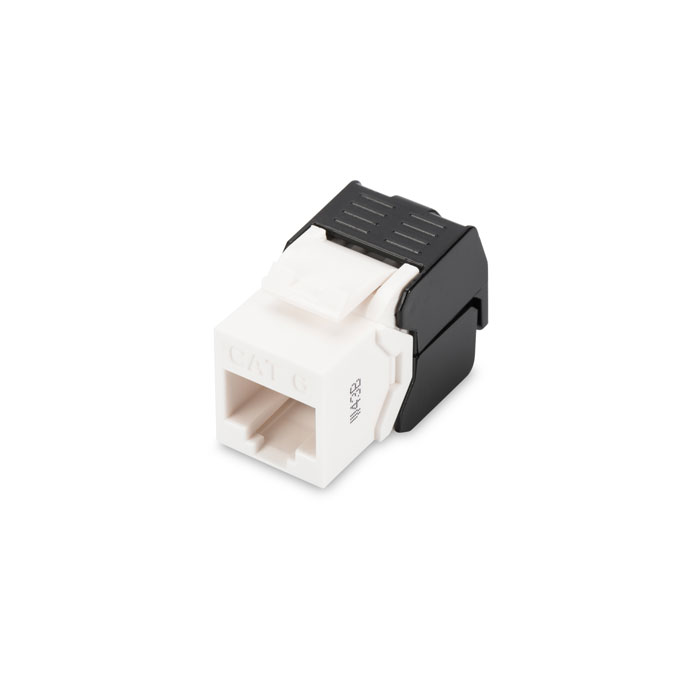 JACK KEYSTONE
JACK KEYSTONE
 PATCH CORD CAT6
PATCH CORD CAT6
 PATCH CORD CAT6A
PATCH CORD CAT6A
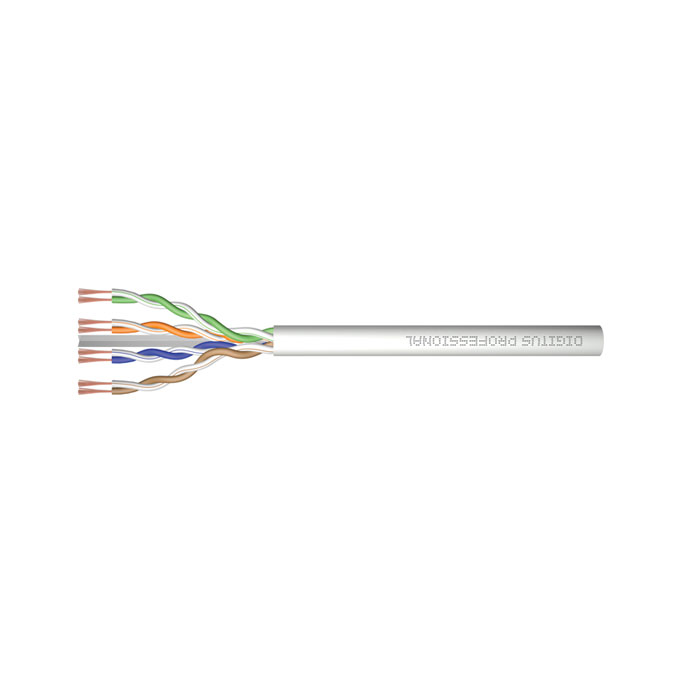 PATCH CABLE RAW
PATCH CABLE RAW
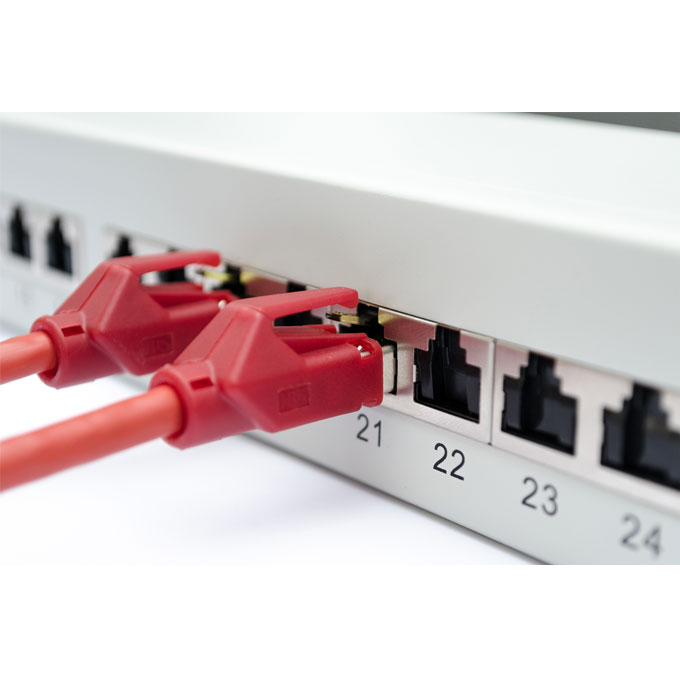 PATCH PANELS
PATCH PANELS
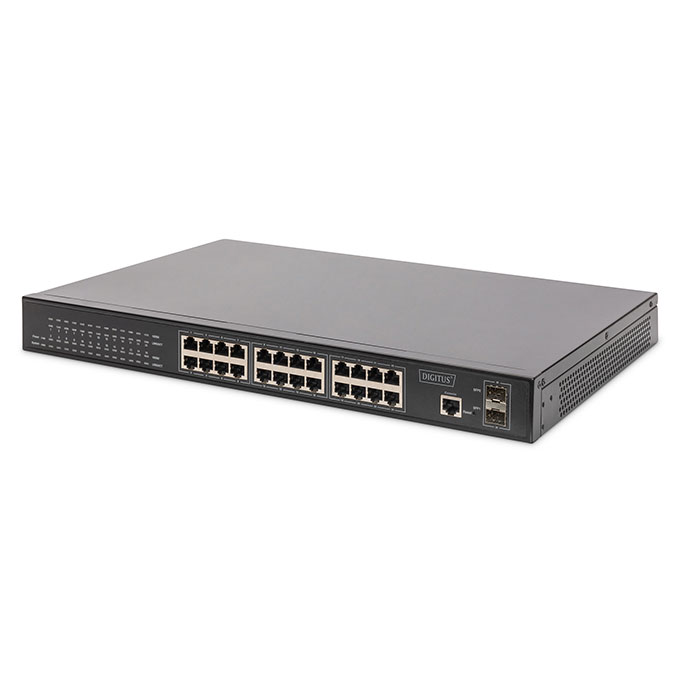 SWITCHES
SWITCHES
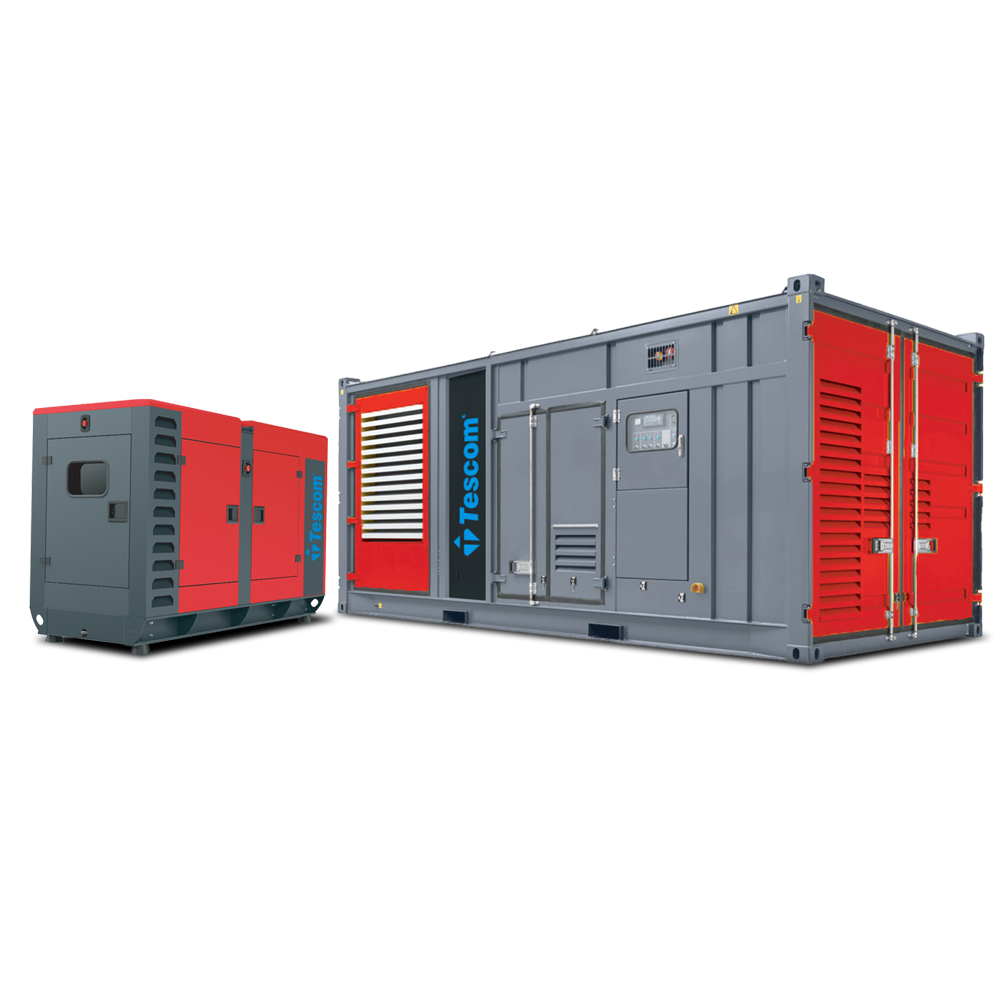 DIESEL / Baudouin
DIESEL / Baudouin
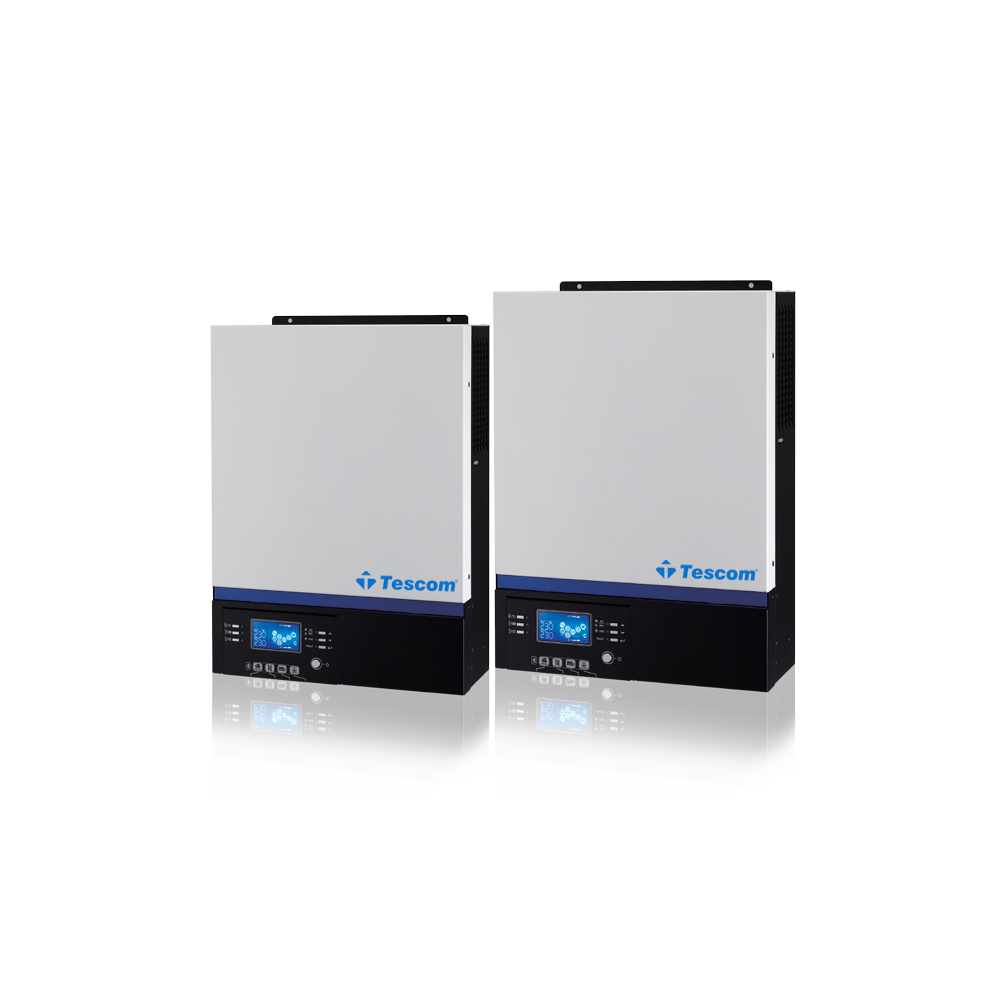 SINGLE PHASE
SINGLE PHASE
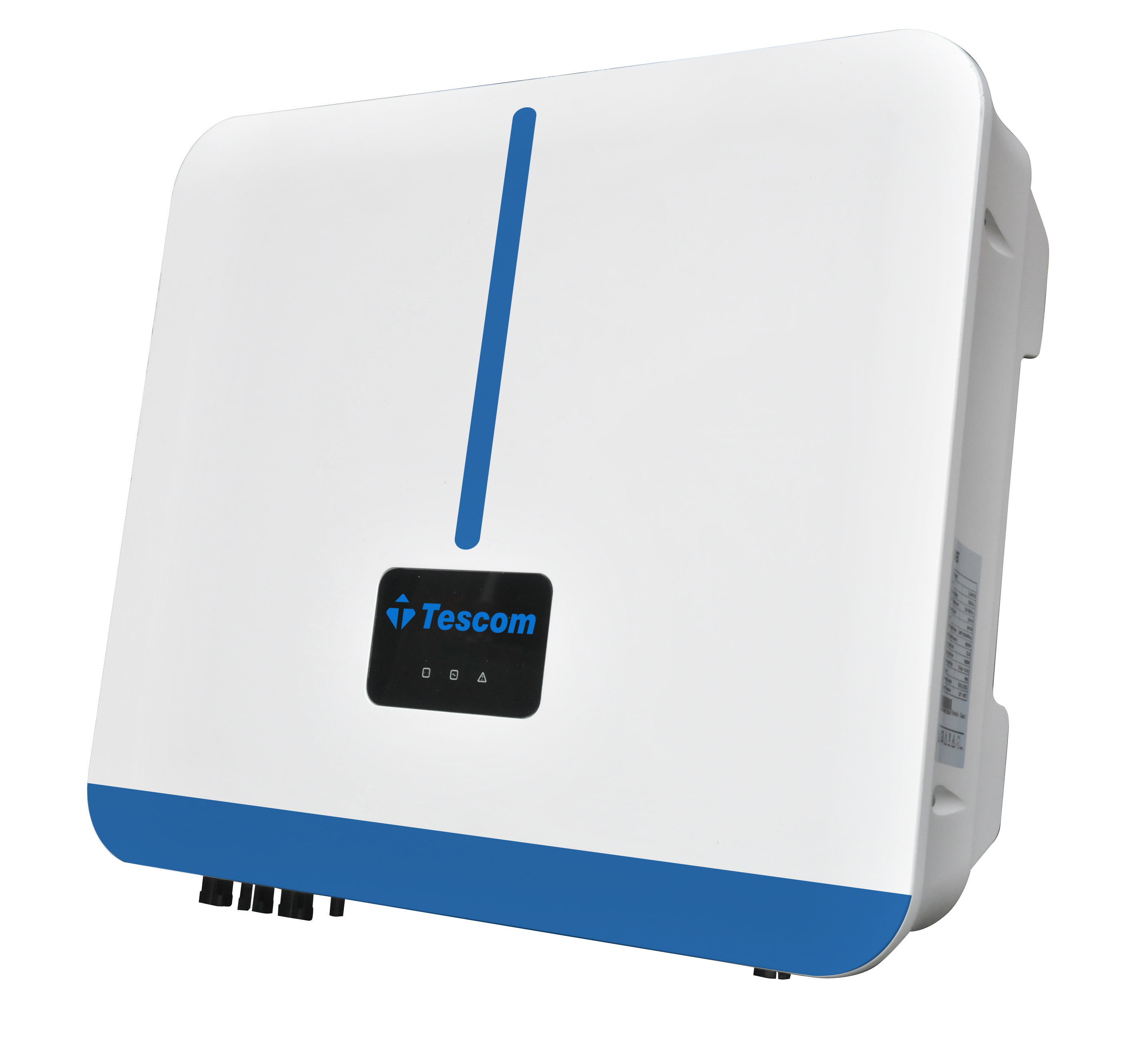 INVERTER 3phase
INVERTER 3phase
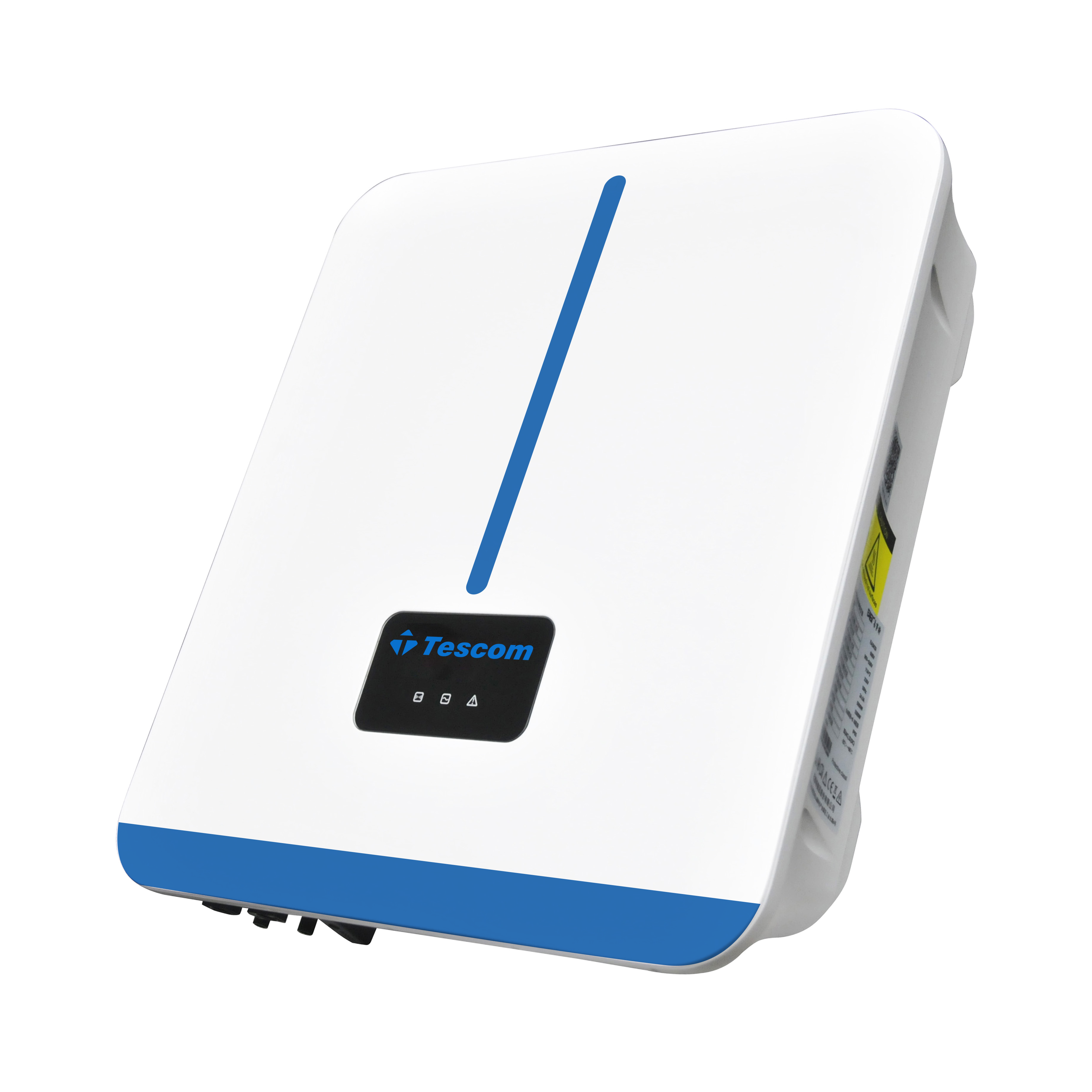 INVERTER 1phase
INVERTER 1phase
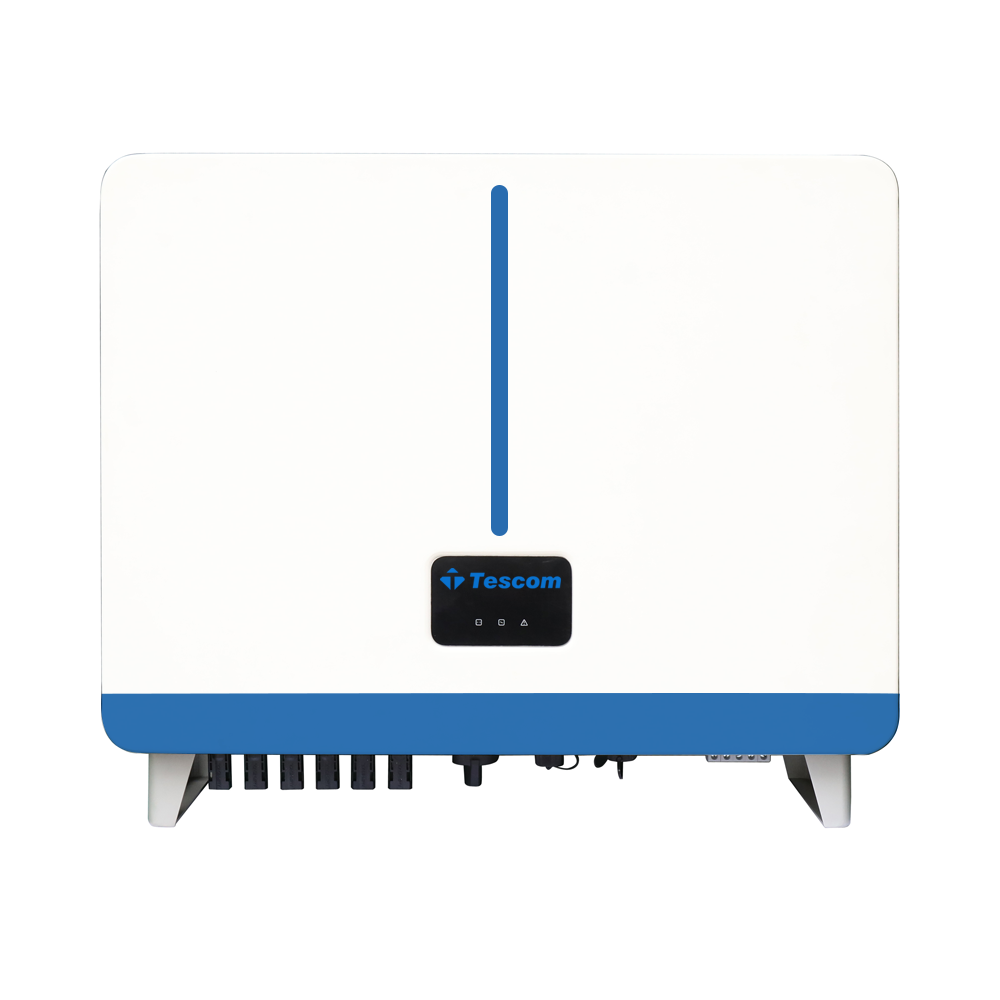 INVERTER Industrial
INVERTER Industrial
 EV CHARGER
EV CHARGER